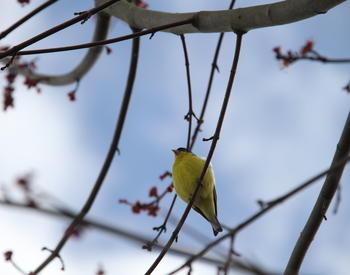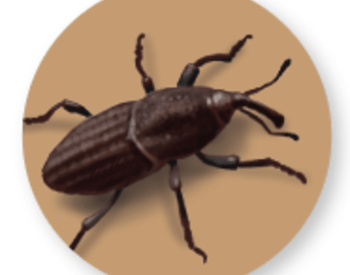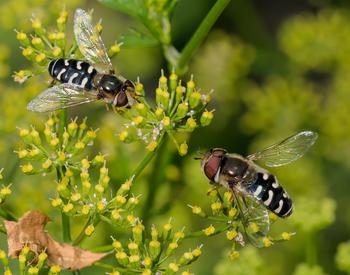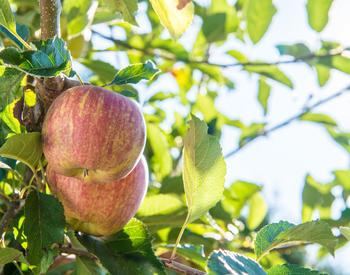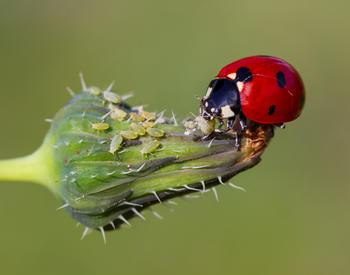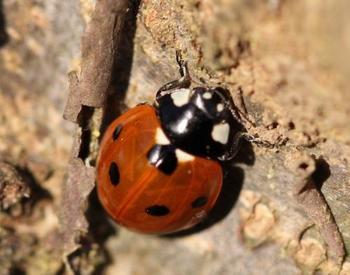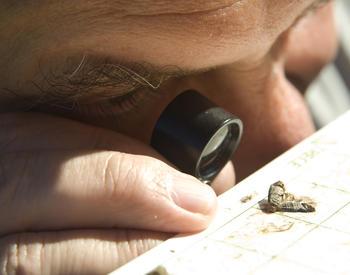Every fall, large, sluggish flies buzz at windows and knock into lampshades. These irritating insects are probably cluster flies.
Slightly larger than houseflies, cluster flies are dark gray with golden hairs on their thoraxes and behind their heads. They have light patches on their abdomens.
Though extremely annoying, cluster flies do no damage to homes, according to entomologists with the Oregon State University Extension Service. They normally spend most of their lives outdoors and do not commonly spread human diseases.
Adult cluster flies feed on nectar. The larvae, also known as maggots, are internal parasites of earthworms.
Each female cluster fly lays her eggs in the soil. After a few days the eggs hatch into larvae. Each locates an earthworm, penetrates its body and develops there.
As many as four generations of cluster flies develop each summer.
Problems are especially common around lawns with healthy earthworm populations. Cluster flies can also be a nuisance in buildings surrounded by rich pastureland.
In the fall, the adult flies seek shelter to spend the winter months. They gather near windows in outbuildings and homes, spinning around and buzzing noisily. When swatted, they tend to leave a greasy spot.
As the sun sets and temperatures cool, flies crawl into buildings via cracks and gaps including those around eaves, sash-cords, windowsills and baseboards, and under loose-fitting vinyl or aluminum siding.
Once in a protected place, large numbers of these flies may cluster together — hence their name — to hibernate in interior spaces such as attics, unused rooms, wall voids, basements and tree holes. They become active whenever temperatures rise above 54 degrees, from early autumn to mid-spring, especially around windows with sunlight.
These cluster flies do not breed in buildings. In spring, they leave their hibernation sites to return outdoors to breed. After mating, female cluster flies lay eggs in soil cracks and crevices near earthworms. In three days, the fly eggs hatch into larvae that penetrate and develop in the bodies of earthworms. Populations vary from year to year, sometimes worse after wet summers.
Since earthworms are generally considered beneficial, OSU Extension entomologists discourage any action that would harm their hosts, earthworms. So, there are no good control measures recommended for the cluster fly larval life stage.
Seal cracks, windows and doors and repair screens. Don’t forget to seal around electrical outlets, switchboxes and vents, especially on the south side of buildings, where these flies most commonly enter.
For temporary indoor relief, use a vacuum cleaner to remove dead, dying or sluggish flies. Old-fashioned methods also work well: Flypaper, a fly swatter or folded newspaper will dispatch individual flies.
